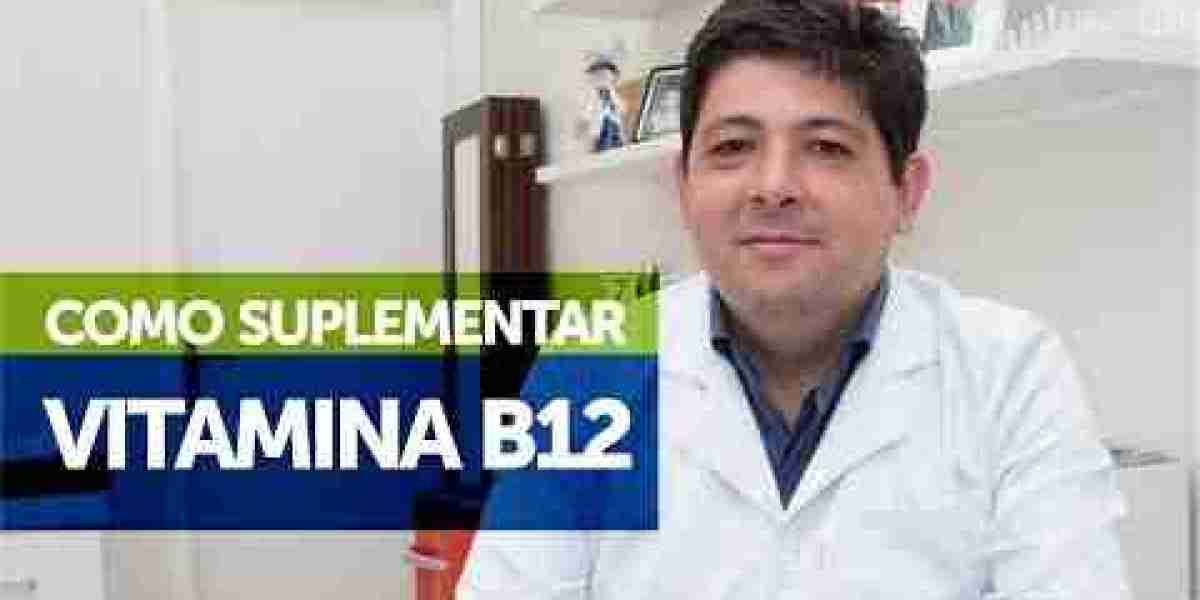In today's rapidly evolving healthcare landscape, the integration of medical device software development with health information systems (HIS) is essential for enhancing patient care, improving operational efficiency, and ensuring regulatory compliance. However, this integration comes with a unique set of challenges that can hinder the smooth exchange of critical health data. In this article, we will explore the key integration challenges faced by healthcare organizations, the importance of addressing these challenges, and potential solutions to overcome them.
Understanding Medical Device Software and Health Information Systems
Medical Device Software
Medical device software includes any software intended for medical purposes, including devices such as:
- Wearable health monitors (e.g., heart rate monitors, glucose meters)
- Imaging devices (e.g., MRI, CT scanners)
- Therapeutic devices (e.g., infusion pumps, dialysis machines)
- Diagnostic devices (e.g., blood analyzers, ECG machines)
These devices generate valuable data that can provide insights into patient health and treatment outcomes. However, the data generated by these devices often resides in silos, making it challenging for healthcare providers to access and utilize the information effectively.
Health Information Systems
Health information systems encompass a wide range of software solutions designed to manage healthcare data. Key types of HIS include:
- Electronic Health Records (EHRs)
- Practice Management Systems (PMS)
- Laboratory Information Systems (LIS)
- Radiology Information Systems (RIS)
These systems enable healthcare providers to store, retrieve, and share patient data across different departments and facilities. For effective patient care, it is crucial that data from medical devices is integrated into these systems seamlessly.
Key Integration Challenges
1. Data Interoperability
One of the most significant challenges in integrating medical device software with HIS is data interoperability. Interoperability refers to the ability of different systems to communicate and exchange data effectively. Medical devices often use proprietary formats or standards that are incompatible with existing health information systems.
For example, while some devices may adhere to the HL7 (Health Level Seven) standards for data exchange, others might rely on DICOM (Digital Imaging and Communications in Medicine) or other proprietary protocols. This lack of standardization can lead to data fragmentation, where critical patient information is dispersed across various systems without a unified view.
2. Variability in Data Formats
Even when interoperability standards are established, variability in data formats can pose challenges. Medical devices may capture data in different formats, such as:
- Numeric values (e.g., blood pressure readings)
- Coded values (e.g., LOINC codes for lab tests)
- Textual descriptions (e.g., diagnostic findings)
This variability can complicate data aggregation and analysis, making it difficult for healthcare providers to derive actionable insights from the information collected.
3. Security and Compliance Concerns
The integration of medical device software with HIS raises significant security and compliance concerns. Healthcare organizations must adhere to strict regulations, including the Health Insurance Portability and Accountability Act (HIPAA) in the United States, which mandates the protection of patient data.
Integrating medical devices with HIS can expose sensitive patient information to security vulnerabilities, especially if proper encryption and access controls are not implemented. Cybersecurity threats, such as ransomware attacks, can further exacerbate these challenges, leading to potential breaches of patient confidentiality and trust.
4. Legacy Systems
Many healthcare organizations continue to rely on legacy systems that may not support modern integration standards. These outdated systems can be challenging to update or replace, leading to additional barriers in integrating medical devices. Moreover, legacy systems may not have the capacity to handle the volume and variety of data generated by new medical devices, further complicating integration efforts.
5. Resource Constraints
Integrating medical device software with HIS often requires significant resources, including financial investment, technical expertise, and time. Many healthcare organizations, particularly smaller practices and facilities, may lack the necessary resources to undertake comprehensive integration projects.
Additionally, the ongoing maintenance and support of integrated systems can strain already limited IT resources, making it difficult for healthcare organizations to keep pace with evolving technologies and regulatory requirements.
6. Change Management
Implementing new integration processes and technologies can face resistance from healthcare staff. Change management is a critical aspect of successful integration, as healthcare professionals must be trained to utilize new systems and workflows effectively. Without proper training and buy-in from staff, integration efforts may falter, leading to decreased efficiency and potential patient care disruptions.
Importance of Addressing Integration Challenges
Improved Patient Care
By successfully integrating medical device software with HIS, healthcare providers can obtain a comprehensive view of patient health. This holistic perspective enables more accurate diagnoses, timely interventions, and personalized treatment plans. Improved data access can also enhance care coordination among providers, reducing the risk of medication errors and ensuring continuity of care.
Enhanced Operational Efficiency
Effective integration streamlines workflows and reduces administrative burdens, allowing healthcare providers to focus more on patient care. Automated data transfers from medical devices to HIS minimize the need for manual data entry, reducing the potential for errors and freeing up staff time for other critical tasks.
Compliance and Risk Management
Addressing integration challenges helps healthcare organizations maintain compliance with regulatory requirements. By ensuring that patient data is securely integrated and accessible, organizations can mitigate risks associated with data breaches and non-compliance penalties. Additionally, integrated systems can improve reporting capabilities, allowing organizations to respond more effectively to regulatory audits and inquiries.
Data-Driven Decision Making
Integration facilitates the aggregation of data from various sources, enabling healthcare organizations to leverage analytics for informed decision-making. By analyzing integrated data, providers can identify trends, monitor patient outcomes, and assess the effectiveness of treatments. This data-driven approach can lead to improved quality of care and better resource allocation.
Solutions to Overcome Integration Challenges
1. Adopting Interoperability Standards
To enhance data interoperability, healthcare organizations should adopt established interoperability standards such as HL7 FHIR (Fast Healthcare Interoperability Resources). FHIR is designed to facilitate the exchange of healthcare information across different systems, promoting more efficient integration of medical devices with HIS.
2. Implementing Middleware Solutions
Middleware solutions act as intermediaries between medical devices and HIS, enabling communication and data exchange between disparate systems. These solutions can help bridge the gap between different data formats and protocols, facilitating smoother integration and reducing the complexity of connecting devices.
3. Prioritizing Cybersecurity Measures
Organizations must prioritize cybersecurity measures to protect patient data during integration. This includes implementing robust encryption protocols, access controls, and regular security audits. Additionally, staff training on cybersecurity best practices can help mitigate risks associated with human error.
4. Investing in Modernization
Healthcare organizations should consider investing in modernization efforts to upgrade legacy systems that hinder integration. This may involve migrating to cloud-based solutions or adopting integrated software platforms that support modern standards. Although modernization requires upfront investment, the long-term benefits of improved integration and operational efficiency often outweigh the costs.
5. Engaging Stakeholders in Change Management
Effective change management is crucial for successful integration. Engaging stakeholders, including healthcare providers, IT staff, and administrative personnel, in the integration process can foster collaboration and buy-in. Providing comprehensive training and support throughout the transition can also help mitigate resistance to change and ensure smooth adoption of new systems.
6. Collaborating with Vendors
Healthcare organizations should collaborate with medical device manufacturers and software vendors to ensure that integration is a priority in product development. Open lines of communication can facilitate the sharing of best practices and insights, enabling organizations to leverage vendor expertise in overcoming integration challenges.
Conclusion
Integrating medical device software with health information systems is a critical component of delivering high-quality patient care in today's healthcare environment. While numerous challenges exist, including data interoperability, security concerns, and resource constraints, addressing these issues is essential for realizing the full potential of integrated healthcare technologies. By adopting best practices, leveraging modern solutions, and prioritizing collaboration among stakeholders, healthcare organizations can overcome integration challenges and improve patient outcomes, operational efficiency, and regulatory compliance. As the healthcare landscape continues to evolve, successful integration will be a key driver of innovation and progress in the industry.



